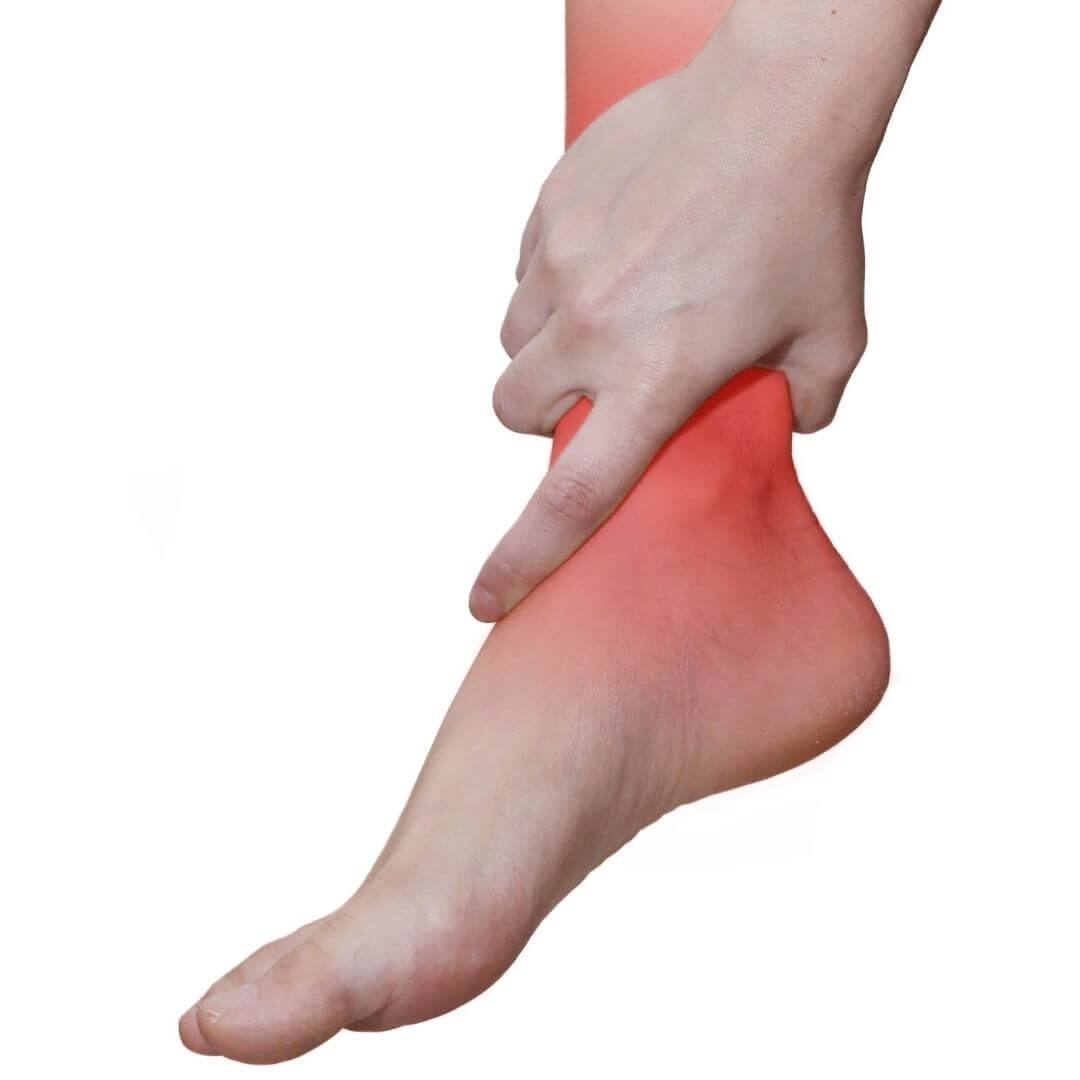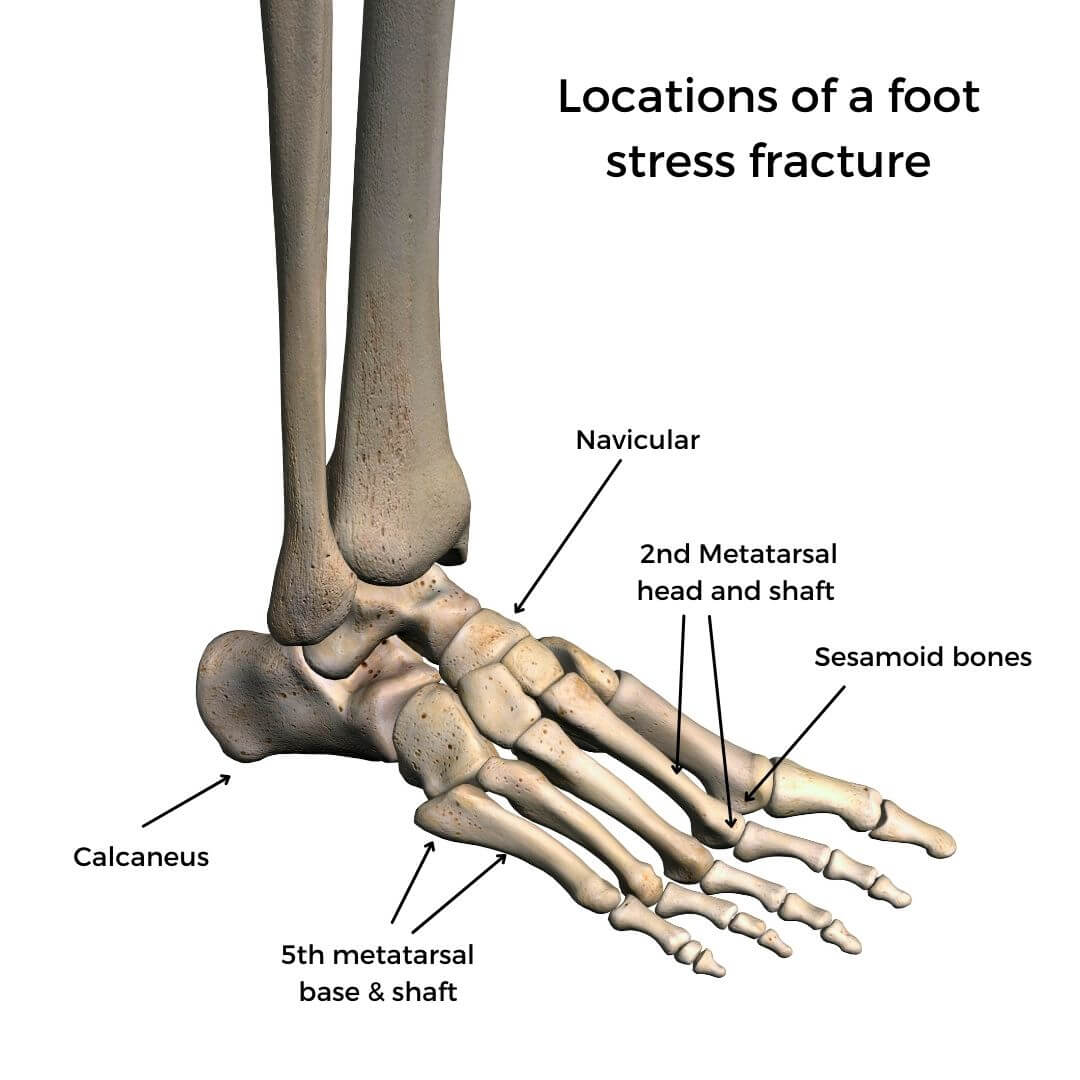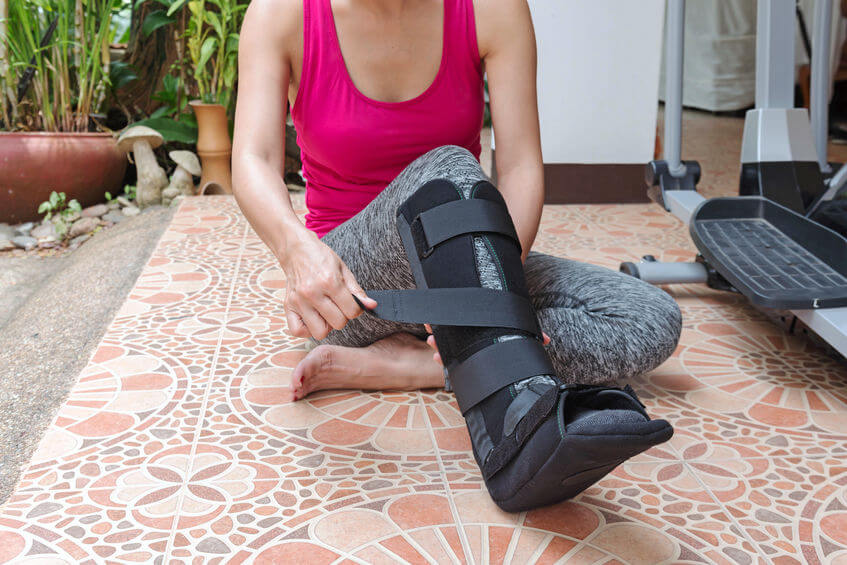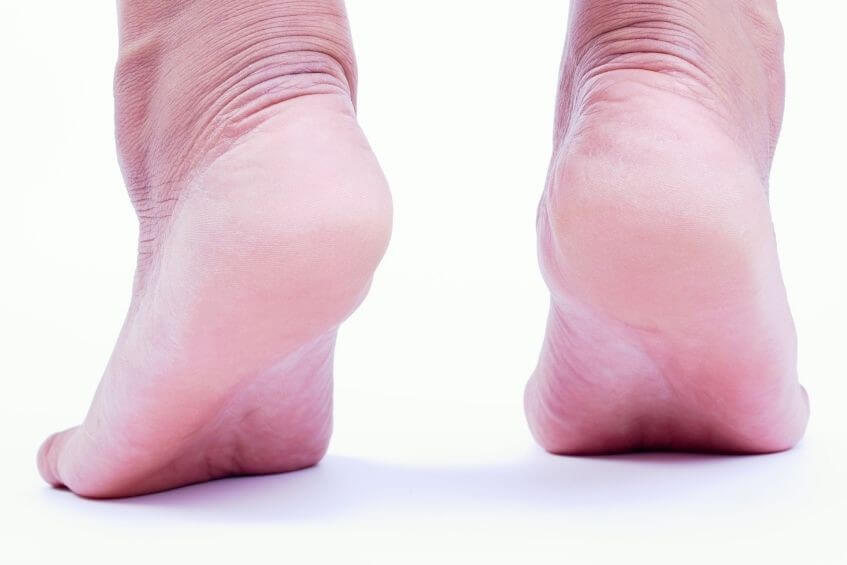
Jump to section
Stress fractures are tiny cracks in the bone (microfractures) that develop gradually overtime. Usually due to overuse or repetitive activity that restricts the bone from healing. They are most common in athletes or people who engage in activities or sports that heavily involve running or jumping e.g. soccer, basketball and track and field.
Stress fractures and regular fractures are different injuries. As you may already know, regular (acute) fractures occur instantaneously and unexpectedly in a single incident, when a force is exerted against the bone that it can not withstand, causing the bone to break or crack. A regular fracture often occurs during traumatic incidents such as sporting injuries, bad falls or vehicle accidents.
Stress fractures differ in the way that the onset is gradual and cannot be narrowed down to a single incident. They often occur in
the feet and lower limbs as these areas of the body bear the most stress during every day activities and exercise.
Common locations of a stress fracture
Uncommon sites that are very serious in nature
This is due to these sites being high risk and of non - healing/union;

The common causes of stress fracture's include:
The most common and generic symptom of a stress fracture is pain in your foot or ankle. Other symptoms associated with the condition may include:
It may start as a dull pain in the foot or ankle that gradually worsens during physical activity and subsides when you're resting. You will have most likely ignored this pain for a period of time until the intensity of the pain increases and it is causing you significant discomfort.
We diagnose a stress fracture by taking into account your signs and symptoms and the history of the injury, in conjunction with performing a physical assessment. If we suspect a stress fracture, we refer for X-ray imaging and in some cases an MRI to confirm the diagnosis.
If you are showing signs of a stress fracture, we suggest seeing one of our Brisbane podiatrists to ensure you're started on a treatment plan as soon as possible. The earlier we start treatment, recovery time required will be reduced.
Stress fractures usually have multiple factors contributing to the cause of the injury. Therefore, you will often need a personalised combination of the following treatments to allow you to achieve the fastest and most effective recovery so you can return to your regular activities.

Most stress fractures are treated non surgically, however, in severe cases surgical intervention may be required to support the bones by inserting a pin, screw or plate to allow the site to heal.
We recommend the following preventative activities to reduce your risk of developing a stress fracture:

Our feet are the foundation for the entire body, so it's important that they have enough strength to tolerate our activity levels. Use
these three exercises to help strengthen your feet.

Not everyone needs orthotics, but they can play an integral role in treating or relieving pain in several foot and lower limb conditions.

The heat and humidity of an Australian summer makes it a prime time for issues to arise, so our newest podiatrist Lucy has put together
seven helpful tips to keep your feet healthy and problem free throughout summer.
| Monday | 7:40am - 6:00pm |
| Tuesday | 7:40am - 6:00pm |
| Wednesday | 7:40am - 6:00pm |
| Thursday |
7:40am - 6:00pm |
| Friday | TEMP CLOSED |
| Saturday | CLOSED |
| Sunday | CLOSED |
Ground Floor, 344 Queen Street,
Brisbane City QLD 4000
| Monday | 7:40am - 6:00pm |
| Tuesday | 7:40am - 6:00pm |
| Wednesday | 7:40am - 6:00pm |
| Thursday |
7:40am - 6:30pm |
| Friday | 7:40am - 5:00pm |
| Saturday | 7:40am - 4:30pm |
| Sunday | CLOSED |
Newmarket Village, 114/400 Newmarket Rd, Newmarket QLD 4051